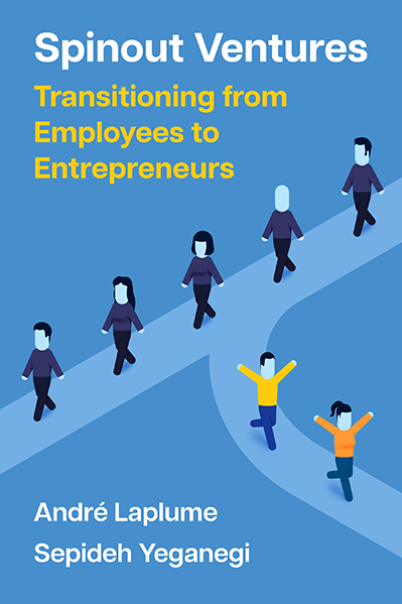External Enabler Theory of Entrepreneurship
The External Enabler Framework (Davidsson, Recker & von Briel, 2020) is a conceptual toolbox developed for analyzing the strategic and fortuitous influence of changes to the business environment in entrepreneurial pursuits. External Enabler (EE) refers to significant changes to the business environment, such as new technologies, regulatory changes, macroeconomic shifts, demographic and sociocultural trends, changes to the natural environment, and the like. The basic assumption of the EE body of work is that every such change will benefit some entrepreneurial initiatives even if it disadvantages other economic activities. EE analysis focuses on those enabled; other frameworks are needed for analyzing negative consequences of change. The EE concept was introduced as a more workable alternative to “objective opportunity” for realizing the idea of entrepreneurship as a nexus of enterprising agents and favorable environmental conditions (Davidsson, 2015). Unlike the notion of objective ...
